Indoor plants are a great way to purify the air in your home and add a touch of nature to your decor. It’s also a great way to add some life to your home and get a head start on your spring planting.
“Gardening is not a science, it’s an art. You have to find the right balance of light and water, and then trust your instincts.” – Martha Stewart
With a little planning and effort, you can have a beautiful indoor garden that will brighten your home and provide you with fresh fruits, vegetables, and herbs all year long. Check out these tips and tricks for success.

There are different types of indoor plants to choose from, so you can find the perfect one to fit your style and needs.
The Benefits Of Indoor Plants
Indoor plants are becoming more and more popular, and it’s no wonder! Not only do they look great, but they also have some amazing benefits.
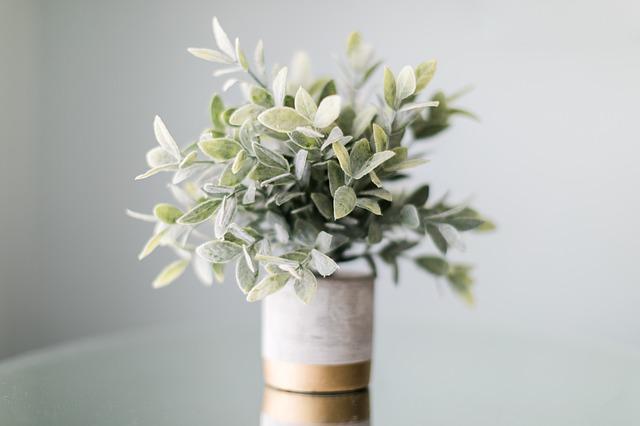
Here are just a few of the benefits that you can enjoy when you have indoor plants in your home:
1. Improved Air Quality
One of the most important benefits of indoor plants is that they can help to improve the air quality in your home. Plants act as natural air purifiers, and they can help to remove harmful toxins and pollutants from the air. This can lead to better overall health for you and your family.
2. Increased Happiness
Having plants in your home can also lead to increased happiness. Studies have shown that being around plants can help to reduce stress and anxiety levels. Having a few plants in your home can help you to feel more relaxed and at ease.
3. Better Focus
If you’re looking for a way to improve your focus and concentration, then indoor plants can help. Studies have shown that being around plants can help you to focus better and increase your productivity. So if you’re looking for a way to boost your work or school performance, then make sure to add some plants to your environment.
4. Promotes Better Sleep
Another great benefit of indoor plants is that they can help you to sleep better at night. Plants can help to reduce levels of stress and anxiety, which can lead to improved sleep. If you’re struggling to get a good night’s sleep, then adding some plants to your bedroom might be just what you need.
5. Reduced Allergies
If you suffer from allergies, then having indoor plants can help to reduce your symptoms. Plants can help to trap allergens and pollutants in the air, which can lead to fewer allergy symptoms.
Indoor Plants For Beginners
There are a lot of indoor plants that are perfect for beginners. Here are some of the best ones to start with:
1. Pothos
Pothos is a very easy plant to grow indoors. It can tolerate low light conditions and can even survive in complete darkness. It is a very versatile plant and can be grown in a pot, hanging basket, or even in a vase with just a little bit of water.
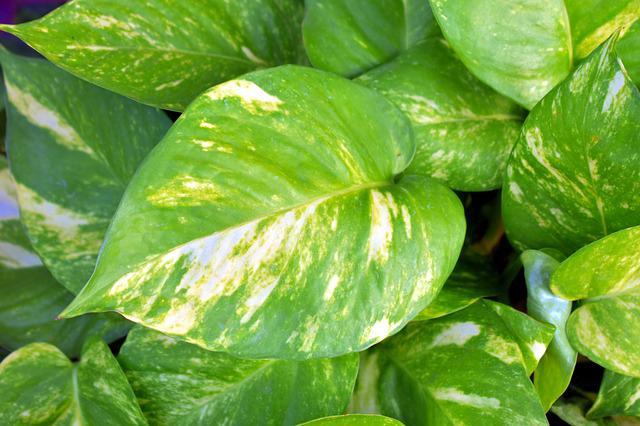
2. Snake Plant
Snake plant is another easy plant to grow indoors. It is very tolerant of low light and can survive in complete darkness. It is a very slow-growing plant, so it does not need a lot of care or attention.
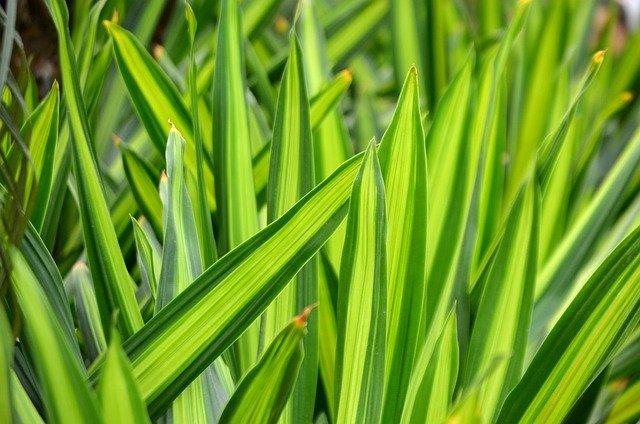
3. Spider Plant
Spider plant is easy to grow and is very tolerant of low light conditions. It is a fast-growing plant, so it will need a little more attention than the other two plants. But it is well worth the effort because it is a very beautiful plant.
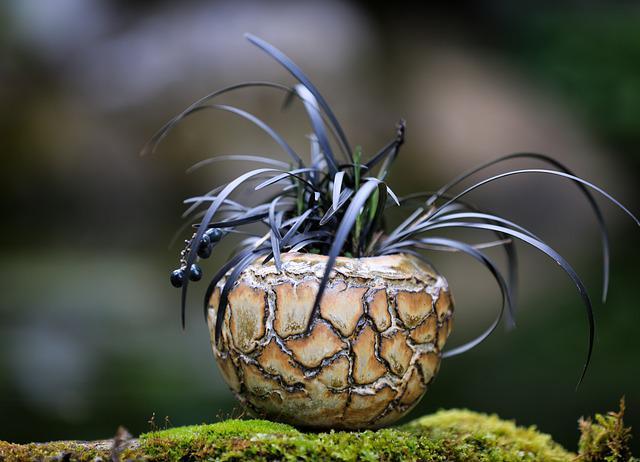
4. Peace Lily
Peace lily is a beautiful plant that is very easy to grow indoors. It does best in moderate to high light, but can also tolerate low light conditions. It is a very low-maintenance plant and does not need a lot of care or attention.
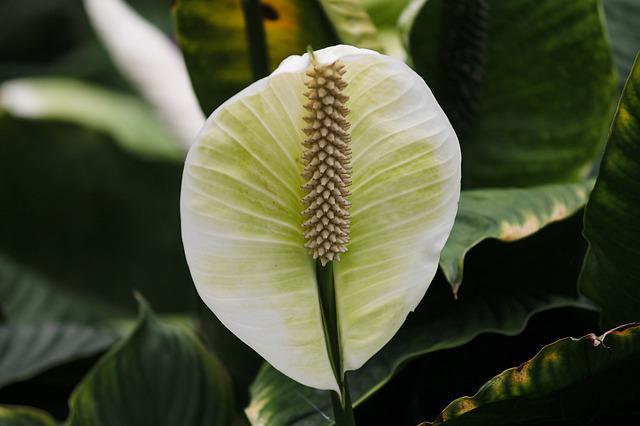
5. Philodendron
Philodendron is another easy plant to grow indoors. It is very tolerant of low light conditions and can even survive in complete darkness. It is a very fast-growing plant, so it will need a little more attention than the other two plants. But it is well worth the effort because it is a very beautiful plant.
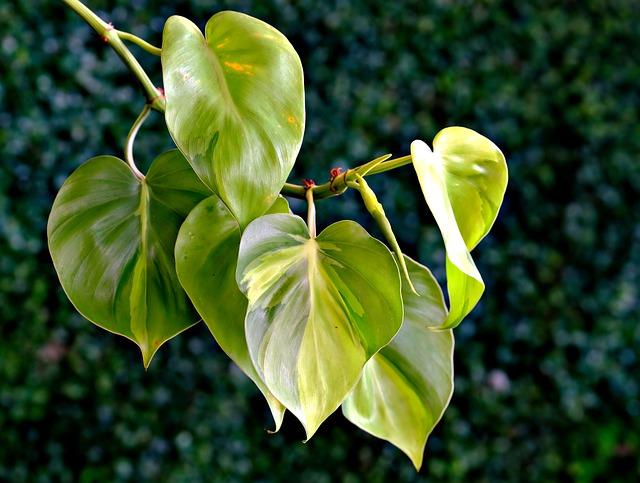
The Best Indoor Plants For Different Rooms
If you’re looking for the best indoor plants for different rooms in your house, there are a few things to consider.
- Each room has different lighting conditions. Some rooms may be very bright, while others may be dark.
- The rooms have different temperature conditions. Some rooms may be very warm, while others may be quite cool.
- Each room has different humidity conditions. Some rooms may be very dry, while others may be quite humid.
With all of these factors in mind, here are some of the best indoor plants for different rooms:
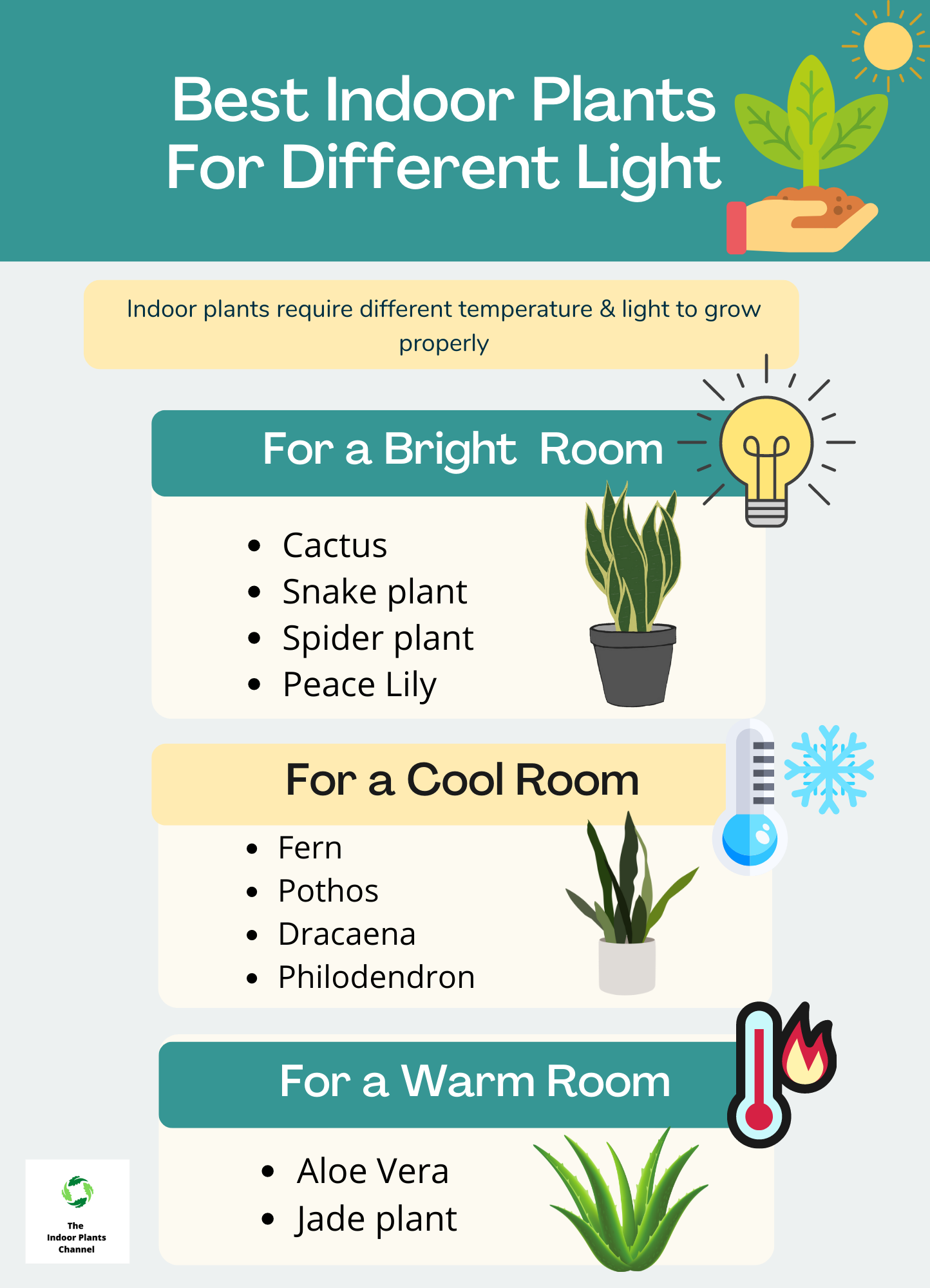
For a bright room:
- Cactus
- Snake plant
- Spider plant
- Peace lily
For a cool room:
- Fern
- Pothos
- Dracaena
- Philodendron
For a warm room:
- Aloe vera
- Jade plant
- Rubber plant
The Best Soil For Indoor Plants
The best soil for indoor plants is a light, well-drained soil. A good potting mix is important for healthy plants. You can buy potting mix at your local garden center. Be sure to read the labels to find one that is right for your plants.
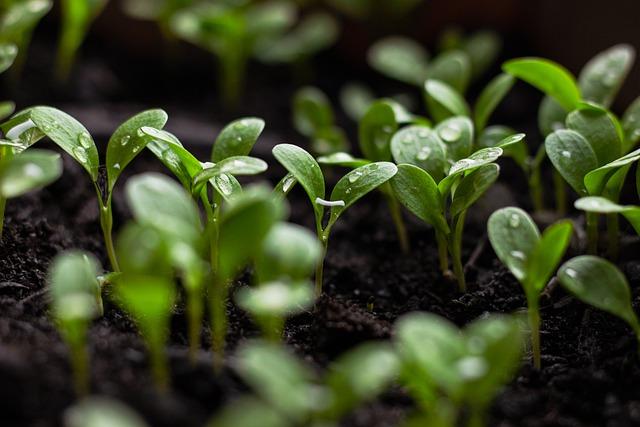
Indoor plants need light, well-drained soil. A good potting mix is important for healthy plants. You can buy potting mix at your local garden center. Be sure to read the labels to find one that is right for your plants.
How To Water Indoor Plants
Watering indoor plants can be tricky. You don’t want to overwater them, but you also don’t want to underwater them.
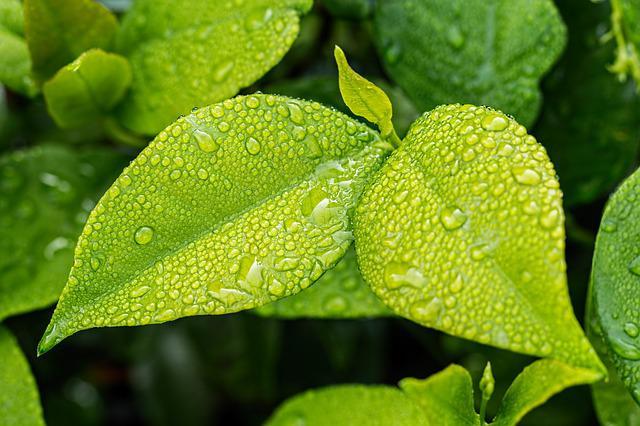
Here are some tips on how to water your indoor plants:
- Check the soil before watering. Stick your finger in the soil to see if it is dry or moist. If it is dry, then your plant needs water. If it is moist, then wait to water your plant.
- When watering, use room temperature water. Cold water can shock the plant and hot water can burn the roots.
- Water the plant until the water comes out of the drainage holes in the bottom of the pot. This will ensure that the plant is getting enough water.
- After watering, make sure to empty out the drainage tray. This will help to prevent your plant from sitting in water, which can lead to root rot.
How To Fertilize Indoor Plants
When it comes to fertilizing your indoor plants, there are a few things you should consider.
- First, you need to make sure you are using the right type of fertilizer. Indoor plants are typically more delicate than outdoor plants, so you need to be careful not to use too much fertilizer.
- Then, you need to fertilize your plants on a regular basis. Indoor plants typically need to be fertilized every two weeks or so.
- Lastly, you need to make sure you are using the right amount of fertilizer. Too much fertilizer can actually damage your plants, so be sure to follow the directions on the fertilizer label.
How To Repot Indoor Plants
If you’re reading this, then you probably have at least one indoor plant.. And at some point, you’re going to have to repot it. Maybe it’s starting to look a little cramped in its current pot, or maybe it’s just time for a change.
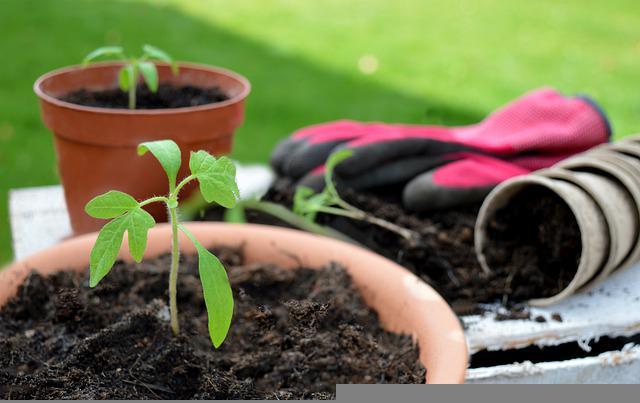
Whatever the reason, repotting an indoor plant is actually pretty easy to do. Just follow these simple steps and you’ll have your plant repotted in no time!
- Step 1: Choose a new pot that is about 2-3 inches wider than the current pot. This will give your plant some room to grow.
- Step 2: Place some fresh potting mix in the bottom of the new pot.
- Step 3: Gently remove your plant from its current pot. Be careful not to damage the roots.
- Step 4: Place your plant in the new pot and fill in around the roots with more potting mix.
- Step 5: Water your plant well and place it in a bright location.
And that’s it! Repotting an indoor plant is really that easy. Just remember to choose a pot that is only a little bit bigger than the current one, and to water your plant well after repotting.
How To Propagate Indoor Plants
Indoor plants are a great way to add some life to your home and they can also help purify the air. If you’re interested in starting your own indoor garden, you may be wondering how to propagate your plants. Here are a few tips and tricks to help you successfully propagate your indoor plants.
- One of the easiest ways to propagate plants is by taking stem cuttings. To do this, simply cut a stem from the parent plant that is about 4-6 inches long. Remove the lower leaves from the stem and then place the stem in a glass of water. Put the glass of water in a bright spot, but out of direct sunlight. After a few weeks, you should see roots beginning to form. Once the roots are about an inch long, you can then pot the plant in some soil.
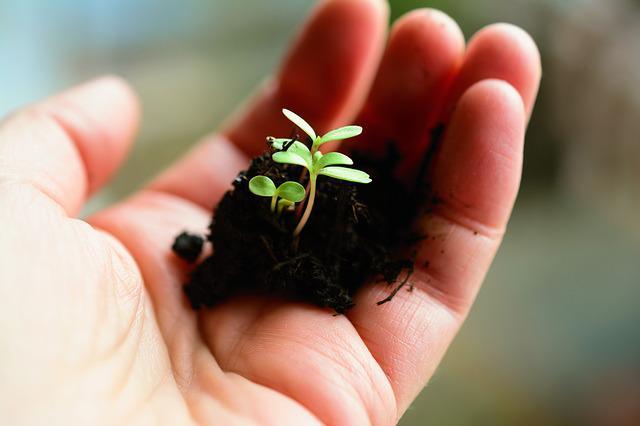
If you’re propagating a plant that has a woody stem, such as a rosemary plant, you can also use the rooting hormone method.
- To do this, cut a 4-6 inch stem from the parent plant and then dip the bottom of the stem in a rooting hormone powder. Next, plant the stem in a pot filled with moistened potting mix. Put the pot in a bright spot, but out of direct sunlight. Keep the mix moistened and after a few weeks, you should see roots beginning to form.
You can also propagate plants by division. This is a great method to use if you already have an established plant that you want to propagate.
- To do this, simply dig up the plant and then divide it into two or more sections. Each section should have its own roots and leaves. You can then replant the sections in their own pots.
No matter which propagation method you choose, make sure to give your plants plenty of bright light and water them regularly. With a little patience and care, youll soon have a thriving indoor garden!
How To Troubleshoot Indoor Plant Problems
If your plant is not looking its best, it may be suffering from a problem. To figure out what the problem is, and how to fix it, you’ll need to troubleshoot.
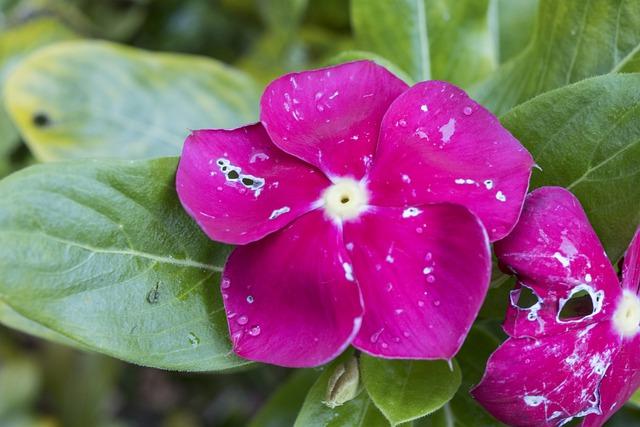
Here are some tips for troubleshooting indoor plant problems:
- Check the roots.
If the roots of your plant are brown or black, or if they seem mushy, your plant is probably root-bound. That is, the roots have grown too big for the pot, and they’re not getting enough oxygen.
To fix this, you’ll need to transplant your plant into a larger pot. Be sure to use a pot that has drainage holes, and use fresh, sterile potting mix.
- Check the leaves.
If the leaves of your plant are yellow, brown, or black, it may be suffering from a nutrient deficiency. This can be caused by several things, including using water that has a high salt content, using soil that is too dense, or not fertilizing regularly.
To fix this, you’ll need to fertilize your plant with a balanced fertilizer. You can also try flushing the soil with water to remove any built-up salts.
- Check the stems.
If the stems of your plant are soft or brittle, it may be suffering from too much or too little water. This can be caused by several things, including using a pot that doesn’t have drainage holes, not watering regularly, or watering with water that has a high salt content.
To fix this, you’ll need to water your plant more or less often, depending on the problem. If you’re not sure, check the soil before watering to see if it’s dry. You can also try flushing the soil with water to remove any built-up salts.
- Check the environment.
If your plant is suffering from any of the above problems, it may be due to the environment it’s in. Plants need the right amount of light, water, and humidity to thrive.
If your plant is not getting enough light, move it to a brighter spot. If it’s not getting enough water, water it more often. And if the air is too dry, try misting the leaves or using a humidifier.
Frequently Asked Questions
- What are some of the benefits of growing plants indoors?
Indoor plants can help purify the air, increase humidity, and improve your overall health.
- What type of potting soil should I use for my indoor plants?
For most indoor plants, you’ll want to use a potting mix that is light and well-draining.
- What type of container should I use for my indoor plants?
The type of container you use will depend on the type of plant you are growing. For most plants, a plastic or clay pot will work well.
- How often should I water my indoor plants?
The frequency of watering will vary depending on the type of plant and the potting mix you are using. As a general rule, indoor plants should be watered when the top inch of soil is dry.
- How can I tell if my indoor plant is getting enough light?
If your plant is not getting enough light, it will begin to stretch out and become leggy. If this happens, move your plant to a brighter location.
- What are some common problems with indoor plants?
The most common problems with indoor plants are overwatering, underwatering, and not enough light.
Conclusion
If you’re looking for a way to add a little life to your home, indoor gardening is a great option. With a little bit of effort, you can create a beautiful and thriving indoor garden. This guide contains the popular Indoor plants you can grow in your home and the tips to maintain them.
Michelle Wilde
Related posts
2 Comments
Leave a Reply Cancel reply
![]()
About Michelle Wilde
Michelle Wilde is a stay-at-home mom and avid plant lover. Armed with a post-graduate degree in Computer Science (no kidding!), she loves researching plants and landscapes. When she is not caring for her 4 kids, she spends time on her passion for plants. She blogs at www.indoorplantschannel.com, the trusted source for indoor plants.
Learn more
Subscribe
* You will receive the latest posts and updates about indoor plants!
Search
Recent Posts
Categories
- Beginner Guides (10)
- FAQ (206)
- General (2)
- How-To Guides (212)
- Indoor Plants (214)
- Pest Management (2)
- Plant Problem Solutions (4)
- Seasonal Growing (2)
- Specialized Environments (2)
- Specific Plant Care (3)
- Technical Growing (2)
[…] Here are 10 answers to your most frequently asked questions about indoor gardening, so you can get started […]
[…] faster and stay healthy. With a little patience and care, you’ll have a beautiful and thriving indoor garden in no […]